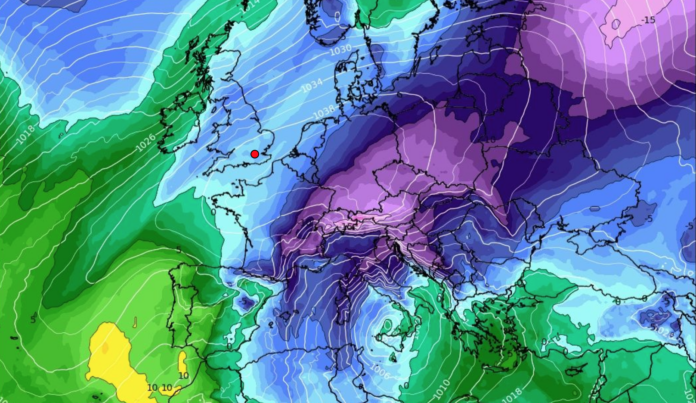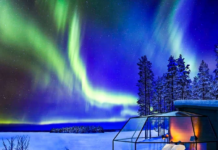Excitement mounts among meteorologists. They have been waiting for winters to change for years, and it seems that this could be the one.
Climate experts are observing that different hemispherical configurations would indicate that an old-school winter is approaching Central Europe.
In their modeling forecasts, the two main global weather computing centers – GEFS and Reading – agree that we can expect this winter to go against the trend, marked by frost that could result in a European energy supply systems crisis.
This is also likely due to errors made by the European Union itself, which refused to enter into long-term, fixed-price contracts with Russian suppliers.
This is because the EU has opted for a spot rather than a fixed price.
As a result, this unfortunate choice may lead to a price that is 4 to 5 times higher, the payment of which will naturally fall on European consumers.
But there’s more. This error might be compounded in a strategy of integrating our systems with unreliable renewable sources. In the event of climatic stress, the implementation of renewable sources may trigger a systemic collapse.
The relationship between climatic events and the economy has always been extremely close. It is no coincidence that the drop in temperatures is related to shocks in the financial markets and the economy.
It is sufficient to look at temperature graphs since the 1980s – all of the major financial crises (1987, 2001, 2007, 2011) have occurred in conjunction with a drop in world average temperatures.
According to the latest forecasts it appears that, starting late November, Central Europe may repeatedly find itself under the attack of persistent Arctic raids. And, in the face of this cold wave, our beloved Europe may find itself totally exposed.
PHOENIX











